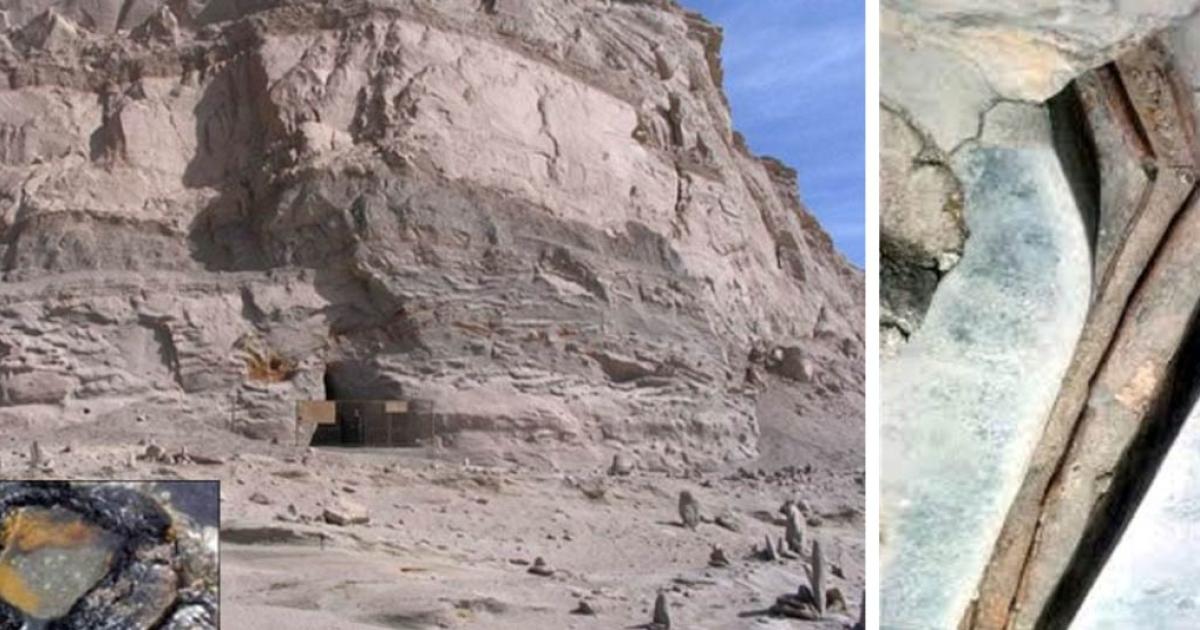
Oopart (out of place artifact) is a term applied to dozens of prehistoric objects found in various places around the world that seem to show a level of technological advancement incongruous with the times in which they were made. Ooparts often frustrate conventional scientists, delight adventurous investigators open to alternative theories, and spark debate.
150,000-Year-Old Iron Pipes: Unraveling the Mystery
In 1998, a story came out regarding a mysterious pyramid in China’s Qinghai Province near Mount Baigong. It claimed that three caves filled with ‘pipes’ that seem to lead to a nearby salt-water lake had been recorded. There are also pipes under the lakebed and on the shore. The ‘iron pipes’ range in size, with some smaller than a toothpick. The strangest part is that they could be about 150,000 years old. This was according to a Xinhuanet report, since deleted.
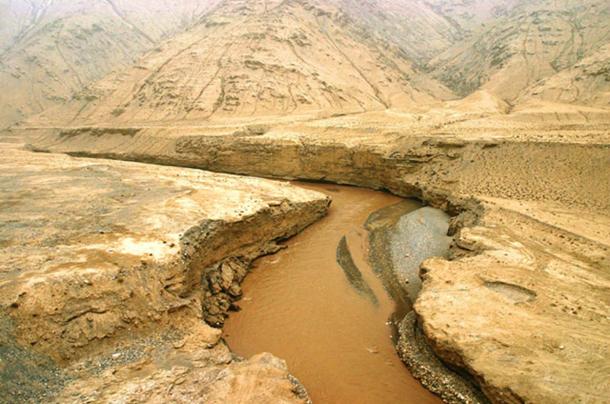
River in Kunlun Mountain, Qinghai, China. (B_cool from SIN/Singapore/CC BY 2.0)
Dating done by the Beijing Institute of Geology determined these supposedly iron pipes were smelted about 150,000 years ago, if they were indeed made by humans, according to Brian Dunning of Skeptoid.com.
And if they were made by humans, history as it is commonly viewed would have to be re-evaluated.
The dating was done using thermoluminescence, a technique that determines how long-ago crystalline mineral was exposed to sunlight or heated. Humans are only thought to have inhabited the region for the past 30,000 years. Even within the known history of the area, the only humans to inhabit the region were nomads whose lifestyle would not leave any such structures behind.
The state-run news agency Xinhua in China reported on the pyramid, the pipes, and the research began by a team scientists sent to investigate in 2002, with an updated coverage of the story reported by Sina in 2003.
Though some have since tried to explain the pipes as a natural phenomenon, at the time Yang Ji, a research fellow at the Chinese Academy of Social Sciences, told Xinhua the pyramid may have been built by intelligent beings. He did not dismiss the theory that ancient extraterrestrials may be responsible, saying this theory is “understandable and worth looking into … but scientific means must be employed to prove whether or not it is true.”
Another theory is that it was built by prehistoric humans with techniques lost to humans of a later period.
However, according to the 2003 report by Sina:
“The analysis ultimately determined that the sample was a cementation of carbon and pyrite, and was not artificial.”
Mysterious Physical Characteristics
The initial reports that led to the wonder at the site found the following.
The ‘pipes’ lead into a salty lake, though a twin lake nearby contains freshwater. The surrounding landscape is strewn with what Xinhua described as “strangely shaped stones.” Rocks protrude from the ground like broken pillars.
The head of the publicity department at the local Delingha government told Xinhua the pipes were analyzed at a local smeltery, and 8 percent of the material could not be identified. The rest was made up of ferric oxide, silicon dioxide, and calcium oxide. The silicon dioxide and calcium oxide are products of long interaction between the iron and surrounding sandstone, showing the ancient age of the pipes. Liu Shaolin, the engineer who did the analysis, told Xinhua,“This result has made the site even more mysterious.”
“Nature is harsh here,” he said. “There are no residents let alone modern industry in the area, only a few migrant herdsmen to the north of the mountain.”
To further add to the mystery, Zheng Jiandong, a geology research fellow from the China Earthquake Administration told state-run newspaper People’s Daily in 2007 that some of the pipes were found to be highly radioactive.
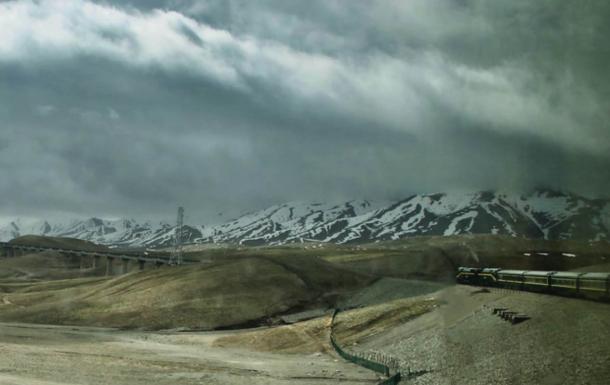
The Qinzang (Qinghai–Tibet) train early morning in Tibet, seen from inside a pressurized window. (Mario Biondi writer/CC BY-SA 4.0)
Theories on the Origins of the ‘Pipes’
Jiandong said iron-rich magma may have risen from deep in the Earth, bringing the iron into fissures where it would solidify into tubes. Though he admitted, “There is indeed something mysterious about these pipes.” He cited radioactivity as an example of the strange qualities of the pipes.
Others have said iron sediments may have washed into the fissures, carried with water during floods.
Though Xinhua and other publications in China have referred to a pyramid or even a ‘mysterious’ pyramid in which the pipes were found, some have said it was a pyramid-shaped natural formation.
Another theory is that the pipes are fossilized tree roots. Xinmin Weekly reported in 2003 that scientists found plant matter in an analysis of the pipes, and they also found what looked like tree rings. The article related the finding to a geological theory that in certain temperatures and under certain chemical conditions, tree roots can undergo diagenesis (transformation of soil into rock) and other processes that can produce iron formations.

An example of a fossilized tree, with attached stigmarian roots. Specimen is from the Joggins Formation (Pennsylvanian), Cumberland Basin, Nova Scotia. (Michael C. Rygel/CC BY-SA 3.0)
Reports on the tree-root explanation for the so-called Baigong pipes often lead back to the Xinmin Weekly article or lack citation. It’s unclear exactly how well-supported this theory is in relation to the Baigong pipes.
An article published in the Journal of Sedimentary Research in 1993 describes fossilized tree roots in South Louisiana in the United States.
So it seems that the out-of-place in time nature of the Baigong pipes was either the result of an over excited expert speculating before thorough examination had taken place, and the ‘ancient pipes’ were a natural phenomenon… or, there has been a cover up.
Top image: Baigong cave with inset, representation of a pipe. Right; A Baigong pipe. Source: Left; Public Domain Right; Atlas Obscura
The article "150,000-Year-Old Pipes Baffle Scientists in China: Out of Place in Time?" was first published by Epoch Times.
This article was updated by Ancient Origins editors to incorporate the latest information available on the Baigong pipes as at 6-28-2024.
Baigong pipes are pipelike formations found near the town of Delingha, Qinghai province, China. Although numerous theories have been proposed concerning their origins, including paranormal explanations, many scientists believe they are the fossilized casts of tree roots.
The Baigong pipes, which are also known as (Bai Gongshan Iron Pipes) and Delingha pipes, are a series of pipe-like features not officially identified but claimed in a 2003 magazine with no evidence as fossil trees or tree roots, found on and near White Mountain (Báigōngshān 'Mount Baigong')


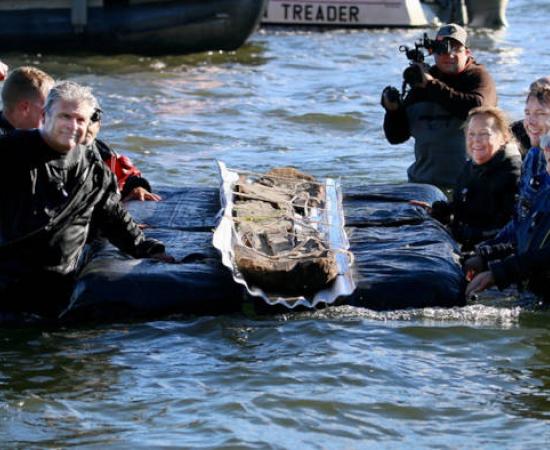
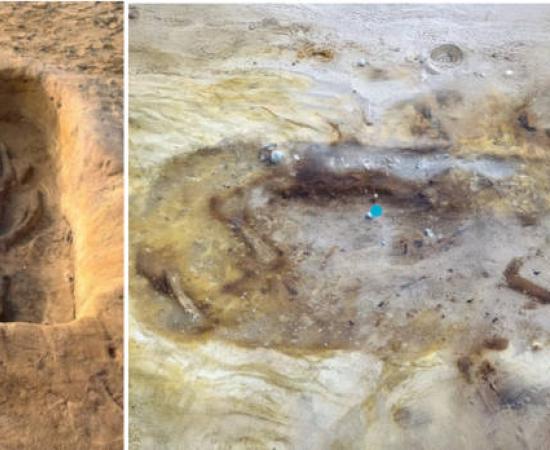
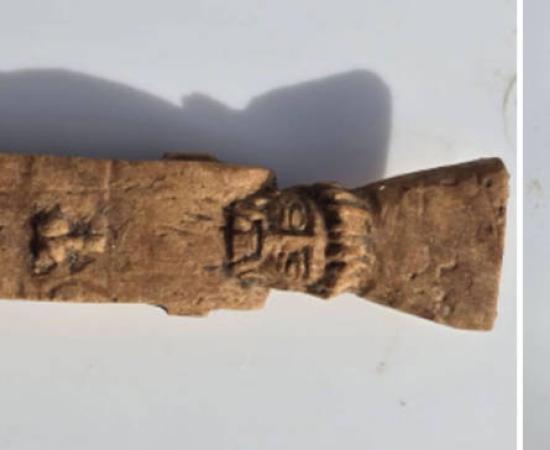
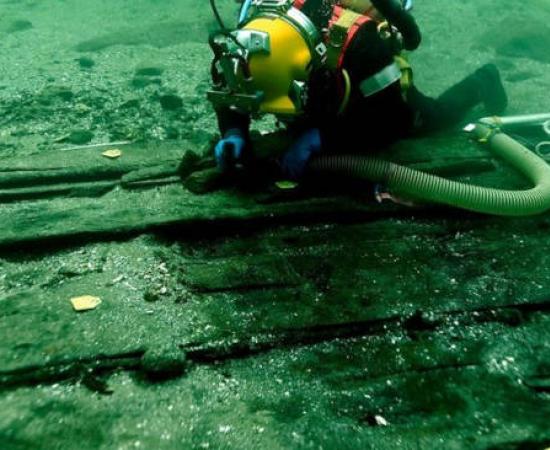
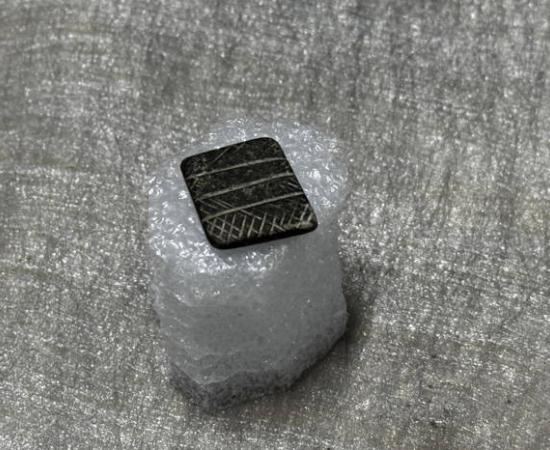









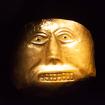
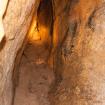
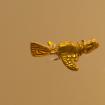

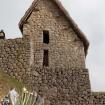



150000 years? Omg isn't there
Permalink
150000 years? Omg isn't there an error determination of this "150000" years? There said that these pipes are radioactive so its chemistry may decomposite and warp the carbon test results. Anyways, I'm not a scientist, maybe that result is true.
It could be a volcanic tube
Permalink
It could be a volcanic tube or some other unusual rock formation, we shouldn't jump to conclusion that it's plumbing....humans (homo sapiens) haven't even been around 150K years, we were still semi-ape-like creatures...
Ancient pipes Apes
Permalink
In reply to It could be a volcanic tube by RyanCA76 (not verified)
I am fairly sure that Homo Neanderthal and his neighbors would object to being referred to as semi ape like creatures. Better check the time line of Epochs and Eras against Evolutionary timelines for Hominids.
Actually, that is well within
Permalink
In reply to It could be a volcanic tube by RyanCA76 (not verified)
Actually, that is well within the range many scientist put us as being genetically human. Most say closer to 200,000 years. Still, when you look at these things it is obviously a natural formation even if it isn't obvious how it came to be.
....and yet we should
Permalink
In reply to Actually, that is well within by AnyNameWillDo (not verified)
....and yet we should remember that many of the ruins of ancient sites we know of today appeared to be natural formations before someone discovered differently and cleaned them up.
A good example is Cholula Tlachihualtepetl in Mexico. It looks like a hill with a spanish cathedral on top. But that "hill" is a friggin' giant pyramid.
Pagination